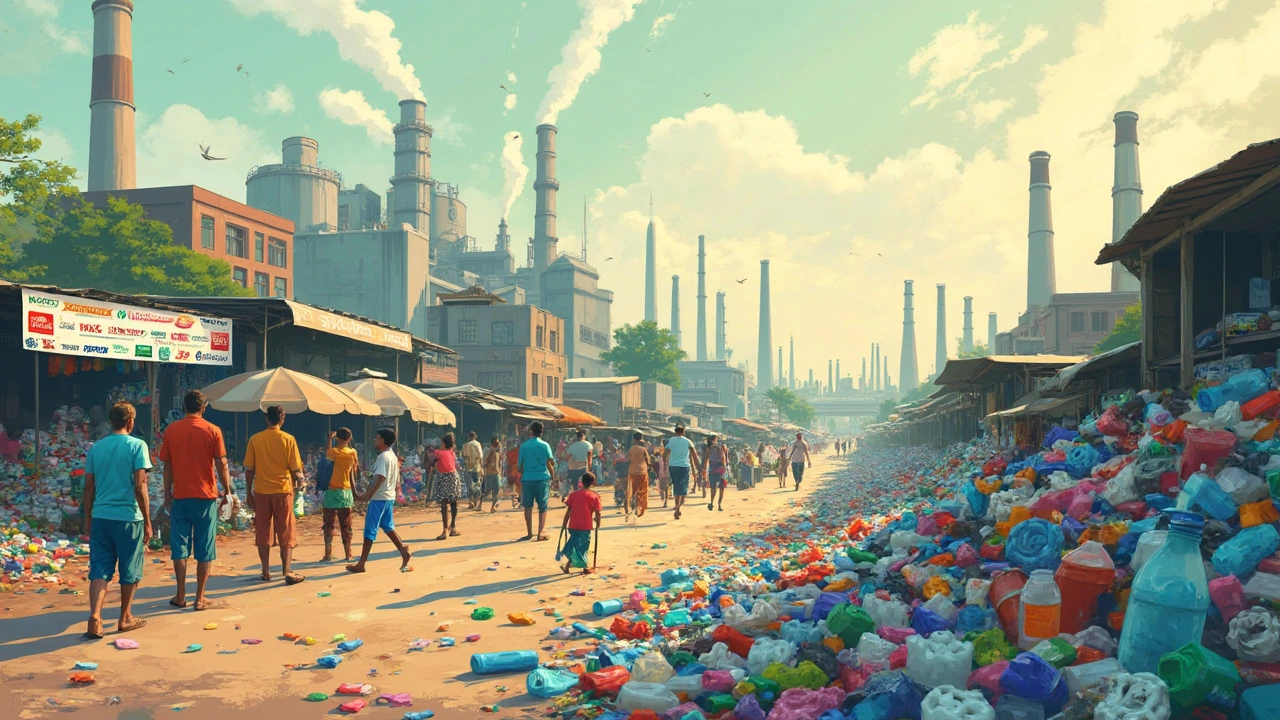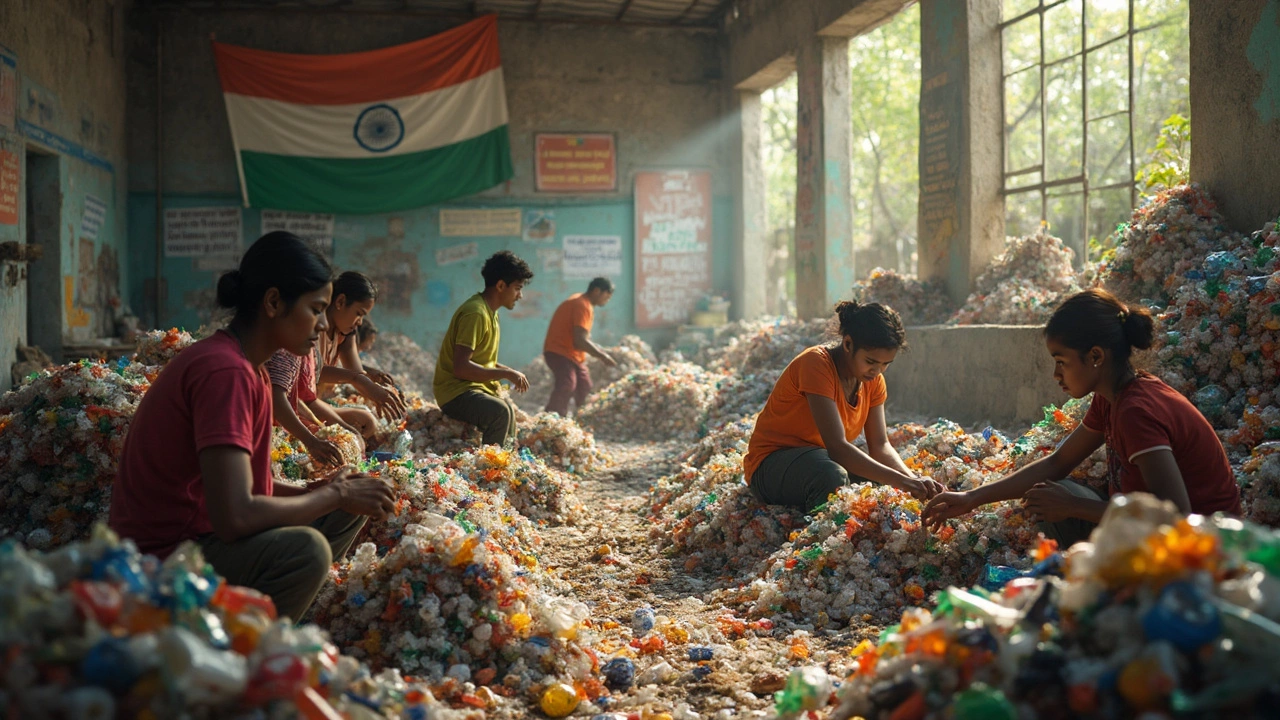Plastic Pollution: Real Impacts and Simple Ways to Cut It
Did you ever think a plastic straw could outlive you? Most of us toss single‑use items without a second thought, but those bits stay in the environment for centuries. In India alone, we generate over 30 million tons of plastic waste each year, and only a fraction gets recycled. The rest ends up on streets, in rivers, and eventually in the sea, where it hurts marine life and even makes its way back to our plates.
Where Plastic Ends Up
When you throw a bottle into a bin that never gets collected, it starts a long journey. First, it may sit in a landfill where sunlight breaks it down into tiny particles called micro‑plastics. Those particles slip through soil, travel down rivers, and finally reach the ocean. There, fish mistake them for food, and larger predators eat the contaminated fish – a chain that ends up with us.
Major Indian cities like Mumbai and Delhi are hotspots because they have dense populations and limited waste‑collection infrastructure. A single river, such as the Ganges, can carry thousands of kilograms of plastic every day. Studies show that plastic makes up about 80 % of the visible debris on many Indian beaches.
Everyday Steps to Fight Plastic
Good news: you don’t need a PhD to make a difference. Swap a plastic water bottle for a reusable one – you’ll cut out dozens of bottles a year. Carry a cloth bag when you shop; it takes seconds to remember, and you’ll save hundreds of plastic bags over time.
When you do need to use plastic, choose items that are recyclable and make sure they actually get recycled. Look for the “recycling symbol with a number” – #1 PET and #2 HDPE are the easiest to process. If you’re unsure, call your local municipality; many Indian cities now have door‑to‑door collection for these grades.
Support policies that ban single‑use plastics. India’s recent ban on thin‑film plastic bags proved that top‑down action works when citizens back it up. Sign petitions, vote for leaders who prioritize waste‑management, or even start a community clean‑up drive. Small groups can collect enough trash to fill a truck and raise awareness simultaneously.
Finally, think about alternatives. Bamboo cutlery, stainless‑steel straws, and cardboard packaging are becoming cheaper and more available. When a brand offers a refill option for detergents or soaps, take it – you’ll cut down on bulky plastic containers.
Plastic pollution feels overwhelming, but every bottle you refuse, every bag you reuse, and every conversation you start adds up. In a country as massive as India, collective habit changes can turn a tide of waste into a wave of solutions.

What Country Banned Single-Use Plastic? Top Nations Leading the Charge
Canada, Rwanda, and the EU have led the global ban on single-use plastics, forcing plastic manufacturers to innovate. Discover which countries banned plastic, what items are banned, and how the industry is adapting.

Plastic Manufacturing Companies: Who Makes the Most Plastic?
This article uncovers which companies are behind the bulk of global plastic production. It dives into the biggest names in the industry, the real impact they're having, and how their products end up in everyday life. Find out some eye-opening facts about plastic waste and learn practical tips you can use to avoid products made by top plastic polluters. Packed with information you don’t usually see in basic news stories, this guide gives real-world insight for anyone curious about where all the plastic is coming from.

Where Does Plastic Go: From Use to Disposal
Ever wondered what happens to the plastic items we use every day? This article demystifies the lifecycle of plastic after its initial use. From recycling processes to landfill destinations, learn the true journey of plastic waste. Discover fascinating facts and practical tips to help reduce plastic pollution.


